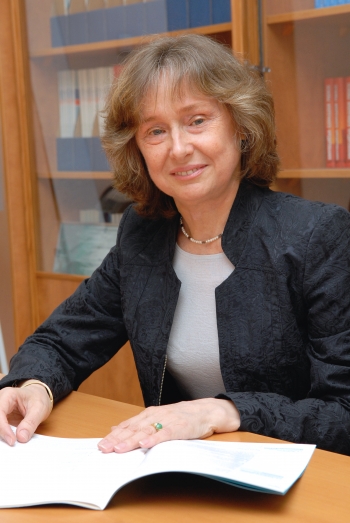The year 2016 was by no means an easy one for development of real estate market, housing market and housing construction industry. Yet despite poor macroeconomic conditions the housing sector showed its best sustainability capacities.
Mikhail Men, the head of the Ministry of Construction and HUS of the RF, when reporting at the session of the Public Council (under the aforesaid Ministry) said that about 80 million square meters of floor space were built in 2016. The reduction against the year 2015 was due to lesser contribution of the newly-built individual construction projects rather than due to mass construction of apartment buildings by professional developers.
Besides this, in 2016 an extensive package of amendments to the federal law on participation in the shared-equity construction (No.214-FZ) that came into effect on 1 January 2017 was adopted. Thus, we really hope that a greater population confidence in the shared-equity construction schemes would lead to higher level of investment in housing construction and encourage further development of the industry.
Of course, with real income decreasing and in the absence of mortgage loans the people might find it difficult to purchase dwellings. Yet following a sharp decline [in the mortgage loans issued] by 35 percent in 2015, the past year saw the recovery of the mortgage market. It is hoped that the 2016 level will rebound to that of 2014, which was estimated at 1.5 trillion rubles.
In this sense, resistance of the housing sector to decline has been evident. And, thank God, the worst fears of a drastic slump have not realized. We believe, however, that the measures undertaken will either keep [the mortgage market] at the current level or even slightly increase it in 2017.
Certainly, the ongoing situation is far from being favorable. But nevertheless, housing sector, the mainstay of the construction industry, has not been dragged underwater but survived.
What are the reasons to expect that the ‘worst-case’ scenario should be avoided for good? Firstly, inflation is slowing down in Russia, and therefore, the cost of credit resources offered to individuals and construction companies is also reducing. Hence, there is the possibility for investment potential to be further developed and also for investment levels to be increased.
Secondly, although the housing construction is fuelled mostly by consumers, the resources they provide come largely from credit resources. The availability of credit and decreasing loan interest rates are key factors for the development of real estate sector in particular and construction industry in general.
Moreover, the new tasks to be accomplished in 2017 have been set to my full satisfaction. This specifically concerns the enhancement of the quality of urban environment. I have to admit that in recent years we have been too much preoccupied with increasing housing construction in terms of square meters built. However, unfortunately, we paid little attention to the location of new construction projects and to the surroundings. The issues such as visual and aesthetic parameters of urban environment, availability of social infrastructure, leisure options, access to utilities and household services, transport access to a workplace, and others, also have been largely overlooked.
Yet another priority focusing on improving the quality of living environment was set in 2016. Some efforts have been already done in that direction. In the first place I would like to mention a set of measures aimed at beautification of Moscow. There may be arguments for and against any decision taken in that regard, but the main thing is that the task has been placed on the agenda and additional funds have been allocated for that purpose. Creating an aesthetically pleasing and comfortable living environment in a city is a task of paramount importance.
If you take a broader look at it, any crisis is always the time for revitalizing and enhancing business processes and improving business efficiency. Only those who manage to resolve the task can stay afloat. In this regard, I place high expectations on both the innovative engineering technologies and management techniques.
In what way has the construction industry differed from other mainstay industries? It has always showed low productivity and a lack of interest in innovation. Moreover, three-year construction projects [for housing construction] are complete nonsense for the rest of the world. Apartment buildings (AB) are constructed at a faster rate there, just in a matter of months. And, by the way, credit resources could be much cheaper.
Take a look at the existing procedures for getting approvals and permit documentation. They are incredibly time-consuming and require a lot of supporting documents. It is positive that authorities have set out to solve the problem.
Labour productivity issues and approval procedures should be adjusted in such a way that AB construction projects be completed within a period of one year at most. This [task] can be accomplished given that financial and economic incentives are created for a developer.
In conclusion if measuring the results of the past year based on a 5-point scale I would give a “very good” grade while hoping for an “excellent” one the next year.




